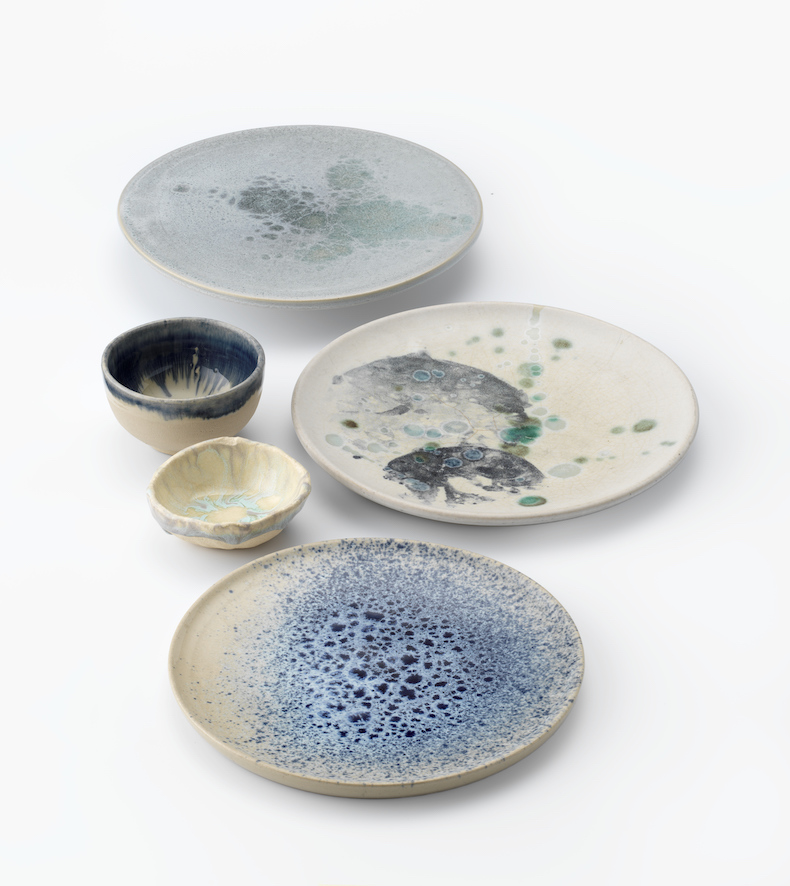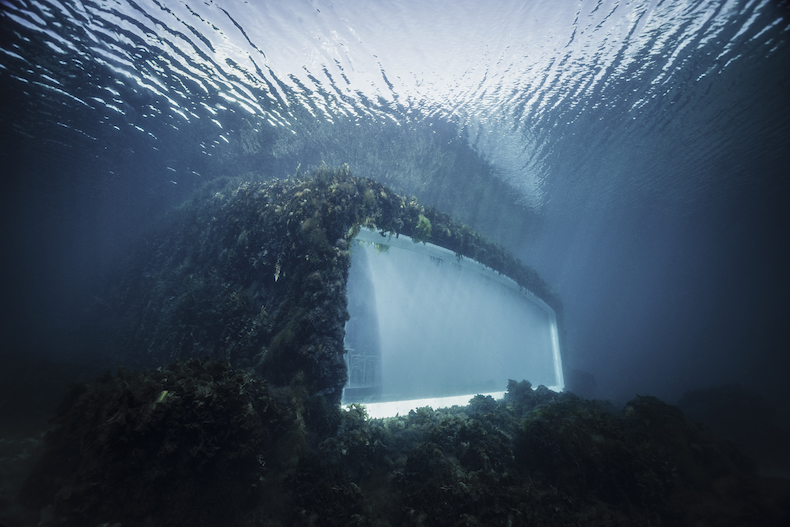From the May 2025 issue of Apollo. Preview and subscribe here.
It happened at the most extraordinary pace. At the beginning of the 21st century, the Nordic region was renowned for many things – dramatic landscapes, winter sports, northern lights, reindeer – but a world-beating culinary scene wasn’t one of them. Restaurant food was rarely thrilling. Fine-dining chefs looked to France for inspiration. Pride in local produce was notable for its absence. Then, in 2004, a group of chefs from Scandinavia, Iceland, the Faroes, Åland and Greenland, along with politicians, farmers and food industry reps, gathered at a symposium in Copenhagen and drew up a 10-point manifesto. The aim was to revitalise the regional food culture by prioritising fresh, seasonal ingredients sourced (or, better, foraged) as close to home as possible. Point number seven urged chefs to ‘develop new applications of traditional Nordic food products’. Among the signatories was a hyper-focused young Dane named René Redzepi.
A decade later, Copenhagen, with Redzepi’s restaurant Noma leading the way, was the hottest food destination on the planet and the influence of New Nordic Cuisine was spreading fast. From the remote Faroe Islands to the north of Norway, new restaurants were cropping up with a shared set of sensibilities. Dishes were often simple but deceptively so, with complex techniques concealed beneath plain surfaces. Dining rooms were stripped back, favouring untreated wood, animal skins and wild vegetation as decor. Tablecloths were a total no-go.

Crockery designed by Norwegian ceramicist Anette Krogstad for Noma. Photo: Nasjonalmuseet Norway
It wasn’t just the Arctic-hugging countries of northern Europe that came under its spell: the whole world fell for New Nordic’s minimalist charms. Now, Scandi influences can be found in restaurants from Birmingham to Bangkok. Are you in a clean-lined dining room with tasteful pine furniture? Is a chef coming to your table bearing food in a ceramic bowl fashioned by a local artisan? Does the bowl contain a hay-smoked scallop, or game with unripe berries, or a dessert spiked with sea buckthorn? If so, you can connect it all back in a more or less unbroken line to Copenhagen.
It was Noma that grabbed the most attention and accolades – three Michelin stars, five times voted the world’s best restaurant – but other chefs seized on the manifesto, creating destination restaurants that jet-setting diners scrambled over one another to visit: Fäviken and Vyn in Sweden; Maaemo in Norway; Dill in Iceland; Koks in the Faroe Islands; Kadeau in Denmark, and more.
This month, an exhibition about New Nordic opens at the National Museum in Oslo, charting the movement’s impact on cuisine, aesthetics and sense of place. There will be workshops, foraging trips and meals prepared by well-known chefs. The show will also examine how the movement fused with other disciplines such as architecture, art and design.

Under restaurant in Norway, designed by architectural firm Snøhetta, is Europe’s only underwater restaurant and doubles as marine biology lab. Photo: Timon Koch; courtesy National Museum of Norway
The fascination with New Nordic persists more than two decades on from the 2004 symposium, although, as with all runaway success stories, there have been backlashes. Redzepi’s approach at Noma, with its fanatical focus on native ingredients and rejection of outside influences, has been described as inherently conservative. Even when it pops up in places like Japan and Mexico, Noma has been accused of introversion, using new ingredients to delve deeper into its own culinary identity and failing to engage meaningfully with the food cultures around it. (The restaurant also received flak for its reliance on unpaid interns and a widely reported culture of bullying in the kitchen.) More broadly, it’s been pointed out that the central tenets of New Nordic aren’t quite as radical as they seem – Alice Waters, to take just one example, was reimagining Californian cuisine around fresh, seasonal, hyperlocal produce in the 1970s.
But the influence of the Nordic revolution globally is considerable, and it goes far beyond the look and feel of fine-dining restaurants. When top chefs claim to be changing the world through the way they source ingredients, or organise their kitchens, it’s right to be sceptical. Such rarefied environments rarely effect real change in the world at large. But the 2004 manifesto took a broader view, extending to culture, animal welfare, the environment, politics and the wellbeing of entire populations. The New Nordic pioneers and their protégés have taken that ambition and carried it – however imperfectly – all over the planet.

A dish at Noma Kyoto, the leading Danish restaurant’s Japanese pop-up. Courtesy Noma
Claus Meyer, who co-founded Noma with Redzepi and convened the 2004 symposium, created food training programmes for Danish prisons and disenfranchised communities in the United States. He has also opened cooking schools in Bolivia, Colombia and Morocco, spreading the New Nordic energy while giving local chefs space to express their own culinary traditions.
Other Noma alumni have focused their attention on delivering nourishing school and hospital meals in the United States, cataloguing regional recipes in Albania and organising agronomy workshops in rural Mexico. With his MAD festival in Copenhagen returning later this month after a seven-year hiatus, Redzepi (whose decision to close Noma as a restaurant seems to have been put on the back burner) continues to address the most urgent questions in food and everything that intersects with it.
It’s no small feat to transform the food culture of a region that stretches thousands of kilometres from Greenland to Finland. Redzepi and his peers could have left it at that. But instead of staying in their kitchens and countries, they brought their big ideas to the wider world. The effects will be felt in the way we cook and eat – and live – for years to come.
From the May 2025 issue of Apollo. Preview and subscribe here.















![Masterpiece [Re]discovery 2022. Photo: Ben Fisher Photography, courtesy of Masterpiece London](http://zephr.apollo-magazine.com/wp-content/uploads/2022/07/MPL2022_4263.jpg)
Suzanne Valadon’s shifting gaze